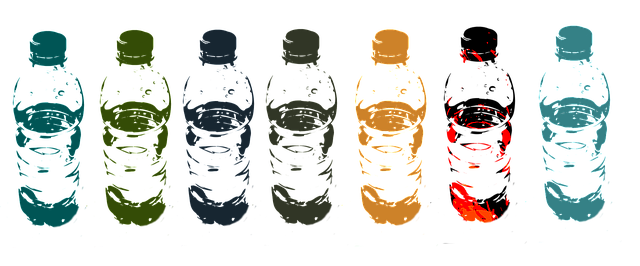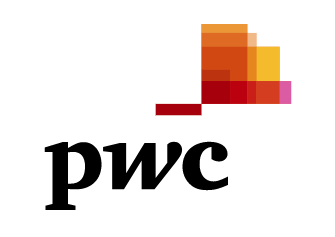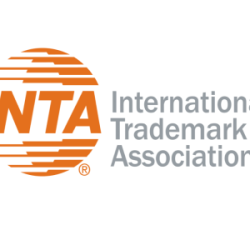 The decision-making practice and approaches of EU institutions regarding the provision of legal protection to three-dimensional trademarks (3D trademarks) are not consistent and unambiguous when assessing the presence of a distinctive character of the product shape, therefore the three-dimensional trademarks may be difficult to register.
The decision-making practice and approaches of EU institutions regarding the provision of legal protection to three-dimensional trademarks (3D trademarks) are not consistent and unambiguous when assessing the presence of a distinctive character of the product shape, therefore the three-dimensional trademarks may be difficult to register.
Ultimately, one of the main issues is the expediency and legitimacy of acquiring protection for a 3D trademark instead of protection as an industrial design, and the legitimacy of extending longer legal protection, because trademarks, unlike industrial designs, can be subject to legal protection for a longer period of time. Also, acquiring protection for a form of packaging is, actually, a legal way to monopolize that form.
3D trademarks are registrable under European Union law provided that they satisfy the requirements established by Article 7(1)(b) of Regulation (EU) 2017/1001 (EUTMR), which lists the absolute grounds for refusal of registration.
Concerning shapes of products, Article 7(1)(b) of the EUTMR envisages three specific absolute grounds for refusal, precluding registration of signs which consist exclusively of “(i) the shape, or another characteristic, which results from the nature of the goods themselves; (ii) the shape, or another characteristic, of goods which is necessary to obtain a technical result; (iii) the shape, or another characteristic, which gives substantial value to the goods; “. If a sign cannot satisfy these requirements, which relate to the intrinsic qualities of the mark, it will be permanently excluded from protection.
That is, for the registration of 3D trademarks, it is necessary to establish whether the declared 3D trademark sufficiently differs from other shapes in a certain field.
Based on the latest practice, in the issue of establishing the distinctiveness of a 3D trademark, the distinctive color scheme of 3D trademark can be taken into account, because it may have a strong impact on the perception of the relevant good marked with a 3D trademark.
In 2019, the Absolut Company Aktiebolag, applied a 3D mark (“Bottle shape”) as a EUTM: registration was sought for goods in Class 33. The application was refused by the EUIPO in 2021 based on the fact that “the relevant consumers would perceive the sign applied for, as a whole, as non-distinctive and not as the trademark of a particular proprietor. The elements that appear on the sign are not outstanding or eye-catching as to create an overall impression, which would significantly depart from the customs and norm on the corresponding market”.
The applicant appealed the decision and EUIPO Fifth Board of Appeal (the Board) considers Absolut’s vodka bottle is distinctive enough to be a trademark.
Having annulled the contested decision, the Board considered that:
- the Closure of the bottle is in the color ‘copper’,
- the rectangular shape is moreover a basic geometrical shape which is in general also common for bottles,
- the surface design claimed is not therefore capable of being easily and instantly recalled by the target market as a distinctive sign,
did not depart significantly from the available forms and customs on the market.
However, the Board highlighted that “the colour scheme of 3D trademark elements (the front label, “copper”, the copper-colored neck foil (neck wrapper) cannot be considered either as purely ‘decorative’. These additional elements have a strong impact on the perception of the whole shape of the bottle. In particular, these elements are colored in different shades or nuances ranging from copper to brown or gold, and this coloring occupies a large part of the bottle and has a strong impact on the perception of the whole shape of the bottle.
The color scheme in issue will not be perceived as a purely aesthetic ‘decoration’ of the claimed goods but, due to its size and predominance, as eye-catching and striking. Therefore, such elements enable the public to establish a link with the producer of the vodka”.
In view of the above, it may be concluded that the color scheme of a trademark can have a decisive influence in determining the presence of distinctiveness of a 3D trademark. At the same time, a shape applied as a 3D trademark should significantly differ from the shapes available on the relevant market. Distinctive combinations of colors and original shape of product packaging may be sufficient to acquire legal protection for the 3D trademark.
Written by Maria Koval, Head of IP, IT and Data protection practices at PwC Legal Ukraine
| MORE NEWS | | WRITE FOR OUR NEWSLETTER |











